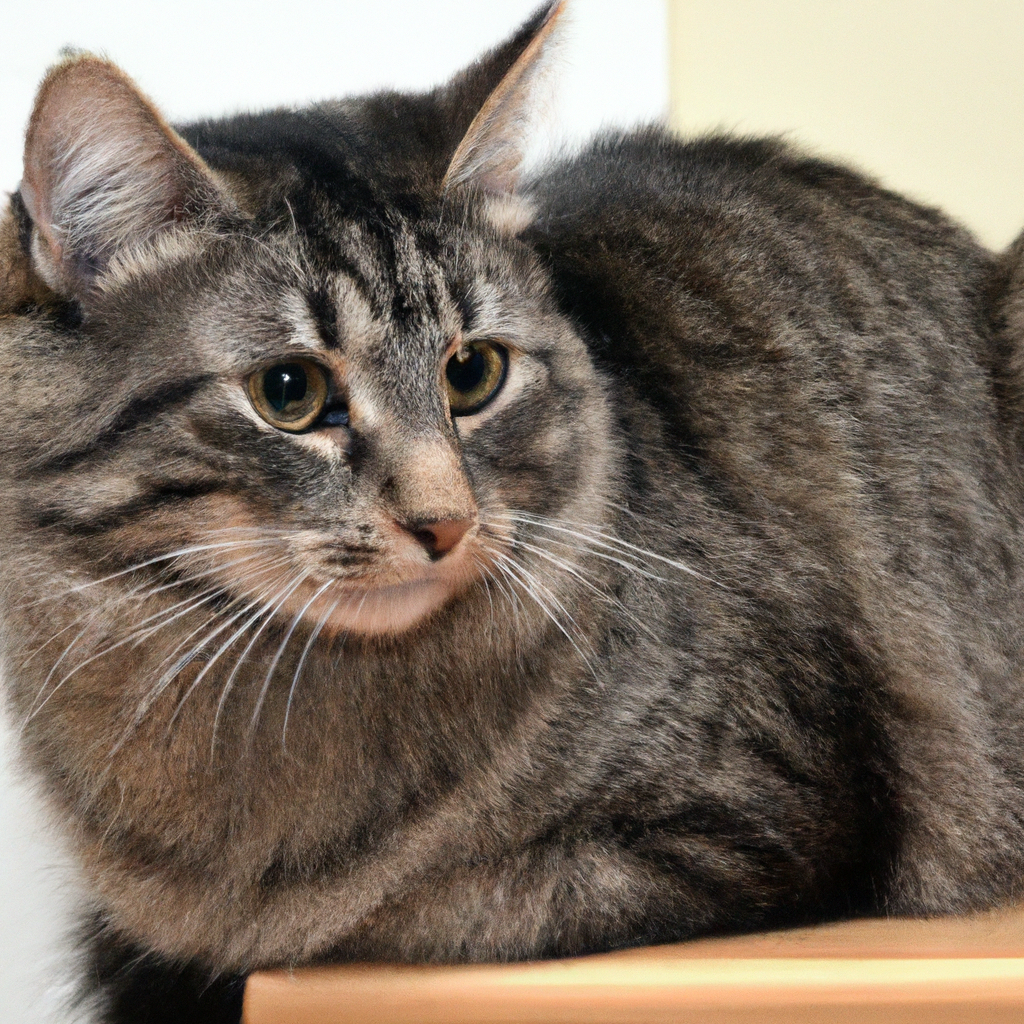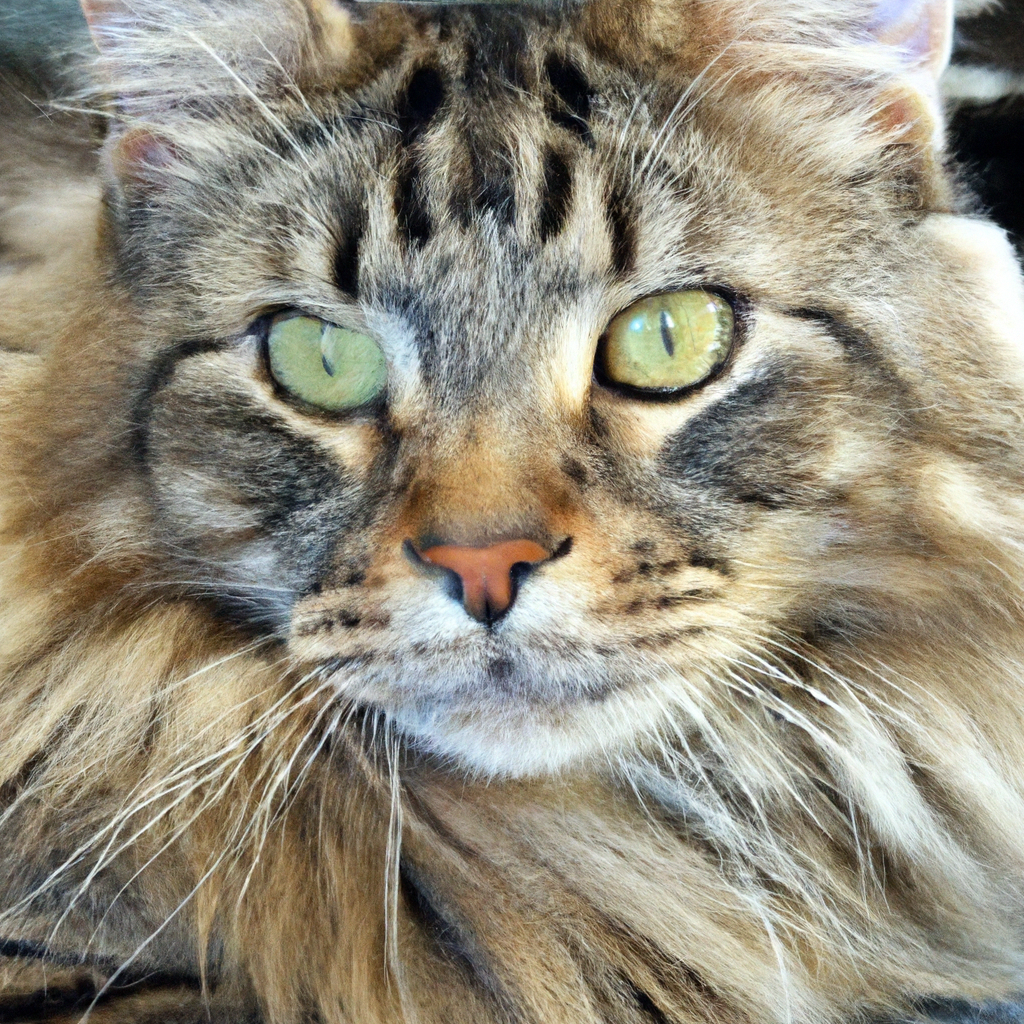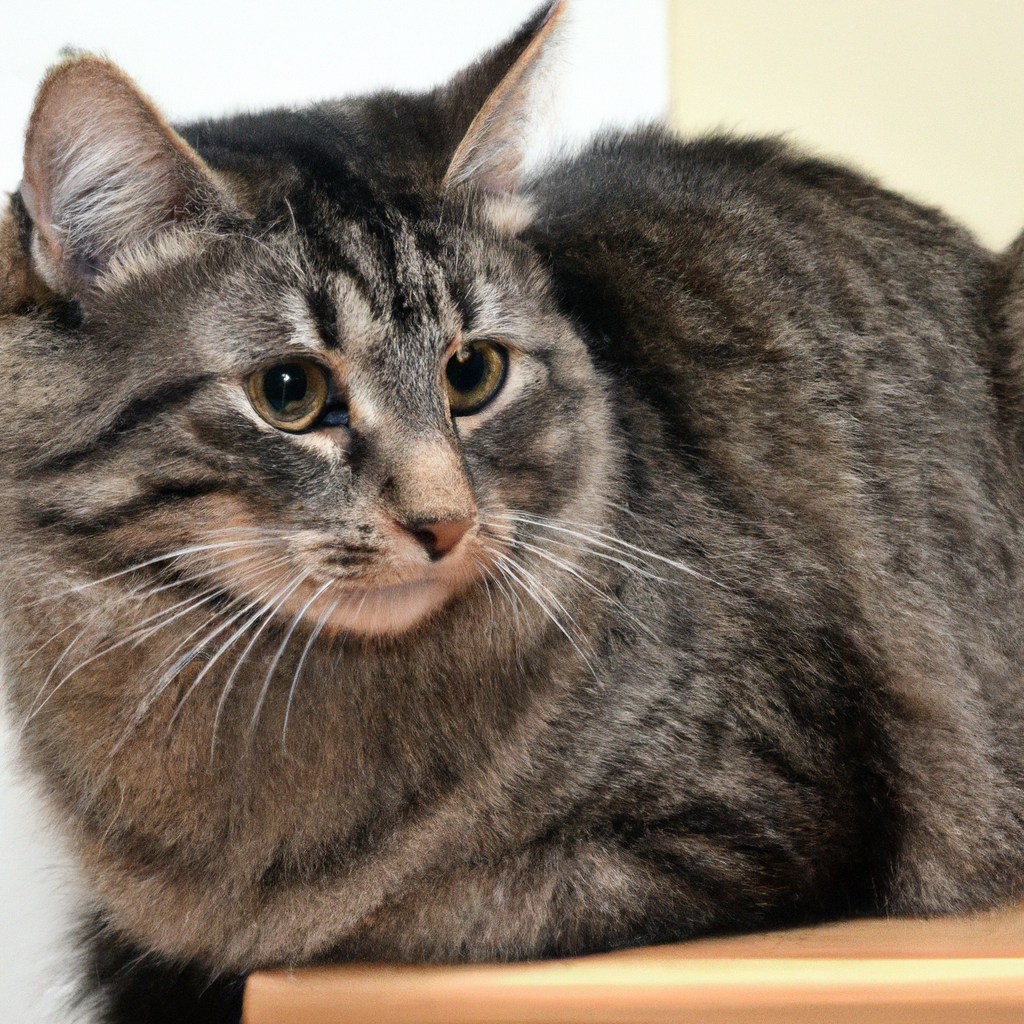Tabby cats are commonly seen throughout neighborhoods and portrayed in various films and animations. Their distinctive coat patterns make them easily recognizable, but have you ever wondered if Tabby is a specific breed of cat? In this article, we will explore the fascinating world of Tabby cats and delve into whether they can be considered a breed on their own. Prepare to unravel the secrets behind these charming felines and discover the truth about their unique classification. Whether you own a Tabby or simply find them intriguing, this article will provide all the answers you seek.

What is a Tabby Cat?
Tabby cats are not a specific breed of cat, but rather a distinctive coat pattern that can be found in many different breeds. These cats are known for their unique markings and have a rich history dating back centuries. In addition to their physical characteristics, tabby cats also have distinct personality traits.
Physical Characteristics
Tabby cats are known for their beautiful coat patterns, which consist of stripes, spots, or patches. Their coat colors can vary widely, ranging from brown and grey to orange and white. The most common tabby pattern is the mackerel tabby, which consists of narrow, striped markings. Other tabby patterns include the classic tabby, with swirling patterns on the sides, and the spotted tabby, with distinct spots all over the body.
In addition to their coat patterns, tabby cats have other physical characteristics that are typical of the breed. They have a sturdy build, with a medium to large-sized body and a muscular frame. Their heads are usually round and proportionate to their bodies, with almond-shaped eyes that come in various colors. Tabby cats also have a distinctive “M” marking on their foreheads.
Personality Traits
Tabby cats are known for their friendly and outgoing personalities. They are often described as being affectionate, sociable, and playful. These cats love attention and enjoy being around their owners and other pets. Tabby cats are also known for their intelligence and adaptability, making them great companions for families and individuals alike.
Tabby cats tend to be curious and explore their surroundings with enthusiasm. They are often found investigating new toys, climbing to high places, and engaging in playtime. Despite their adventurous nature, tabby cats also enjoy quiet moments of relaxation and can often be found lounging in cozy spots around the house.
Origins of Tabby Cats
Tabby cats have a long and fascinating history that can be traced back to ancient times. While their exact origins are unknown, there are several theories and historical background information that shed light on their origins.
Historical Background
The term “tabby” is believed to have originated from the Arabic word “atabi,” which means striped silk. This suggests that tabby cats have existed for centuries and were observed for their distinctive coat patterns. The striped silk fabric was highly valued in ancient times and was often associated with luxury and wealth.
Throughout history, tabby cats have been mentioned in various cultural and historical contexts. They have been depicted in ancient Egyptian artwork, where cats were highly revered and considered sacred. Tabby cats were also present on ships during the Age of Exploration, as they were valued for their ability to control rodent populations.
Theories about their Origins
There are several theories about how tabby cats acquired their unique coat patterns. One theory suggests that tabby markings are an evolutionary trait that camouflages these cats in their natural habitat. The stripes and spots help them blend into their surroundings, making them more effective hunters.
Another theory suggests that the tabby pattern is the result of selective breeding. Over time, people may have intentionally bred cats with certain coat patterns to produce the distinctive tabby markings we see today. However, it is important to note that many tabby cats have naturally occurring coat patterns, and their distinctive markings are not solely the product of human intervention.
Types of Tabby Patterns
Tabby cats come in various patterns, each with its own unique characteristics. Here are some of the most common tabby patterns:
Mackerel Tabby
The mackerel tabby pattern is characterized by thin, vertical stripes that run parallel along the cat’s body. These stripes resemble the bones of a fish, hence the name “mackerel.” This pattern is the most common among tabby cats and can be found in different breeds.
Classic Tabby
The classic tabby pattern, also known as the blotched tabby, features large, swirling patterns resembling marbled swirls or bull’s eyes. These patterns often cover the cat’s sides, giving them a majestic and regal appearance. Classic tabby cats are commonly found in certain breeds, such as the Maine Coon and the American Shorthair.
Spotted Tabby
As the name suggests, spotted tabby cats have distinct spots all over their bodies. These spots can vary in shape and size, ranging from small and round to larger irregular shapes. Spotted tabby patterns are often seen in breeds like the Bengal and the Ocicat.
Patched Tabby
Patched tabby cats have a combination of different tabby patterns on their bodies. This can include patches of mackerel, classic, or spotted tabby patterns. These cats have a unique and eye-catching appearance, with a mixture of stripes, swirls, and spots.
Misconceptions about Tabby Cats
There are several misconceptions about tabby cats that need to be addressed to better understand these beautiful felines.
Tabby is not a specific breed
One of the most common misconceptions about tabby cats is that they are a specific breed. In reality, tabby refers to a coat pattern that can be found in various breeds. Whether a cat is a tabby or not depends on its coat pattern, not its breed.
Tabby cats can have different breeds
Since tabby cats are not a specific breed, they can belong to any breed and still have the tabby coat pattern. Popular breeds such as the Maine Coon, Siamese, and Persian can all have tabby patterns. This shows the diversity of tabby cats across different breeds.
Tabby cats are not a separate species
Tabby cats belong to the same species as any other domesticated cat. The term “tabby” refers to a characteristic coat pattern, not a distinct species. They share the same genetic makeup and characteristics as other cats, regardless of their coat pattern.

Differentiating Tabby Cats from Other Breeds
Recognizing a tabby cat from other breeds can be done by observing their coat patterns and identifying specific breed features.
Recognizing tabby patterns
To identify a cat as a tabby, look for the distinctive coat patterns such as stripes, spots, or patches. Mackerel tabbies have thin vertical stripes, while classic tabbies have swirls or bulls-eye patterns. Spotted tabbies have spots all over their bodies, and patched tabbies have a combination of various tabby patterns.
Identifying specific breeds
In addition to the tabby pattern, tabby cats may also exhibit specific breed traits. For example, a Maine Coon tabby may have large size, tufted ears, and a long, bushy tail. A Siamese tabby, on the other hand, may have a slender build, striking blue eyes, and distinctive color points. By familiarizing yourself with breed characteristics, you can identify specific tabby breeds more easily.
Genetics of Tabby Cats
The distinct coat patterns of tabby cats are influenced by genetics. Understanding the gene responsible for the tabby pattern and its inheritance patterns can provide insights into the fascinating world of tabby genetics.
Agouti gene
The agouti gene, also known as the Tabby gene, is responsible for the production of the tabby pattern in cats. This gene determines the distribution of pigment in the cat’s fur, resulting in the distinct tabby markings. The variations in the agouti gene can produce different tabby patterns, such as mackerel, classic, spotted, and patched.
Inheritance patterns
The inheritance of the tabby pattern follows a dominant-recessive pattern. The presence of the agouti gene in a cat’s genetic makeup will determine whether it will have a tabby coat pattern. If a cat inherits the agouti gene from one or both parents, it will exhibit a tabby pattern. However, if a cat inherits two copies of the non-agouti gene, it will have a solid coat color without any tabby markings.
Genetic variations
While the agouti gene is responsible for the tabby pattern, there are genetic variations that can lead to slight deviations in the tabby patterns. These variations can produce unique coat patterns, such as the ticked tabby or the marble tabby. These variations add to the diversity and beauty of tabby cats.
Popularity of Tabby Cats
Tabby cats are incredibly popular and make up a significant portion of the cat population. Their ubiquity can be attributed to their diverse coat patterns and their status as beloved companion animals.
Ubiquity in cat population
Tabby cats are found in large numbers across the world. Their distinctive coat patterns make them easily recognizable and highly sought after. Whether it’s the classic mackerel tabby or the striking spotted tabby, these cats have captured the hearts of cat lovers worldwide.
Beloved companion animals
Tabby cats are adored by many for their friendly personalities and unique appearances. Their sociable nature and playful behavior make them wonderful companions, bringing joy and happiness to their owners’ lives. Whether living in a small apartment or a spacious home, tabby cats adapt well to their environments and form strong bonds with their human companions.
Health and Care of Tabby Cats
Tabby cats require regular health care and grooming to ensure their well-being and maintain their beautiful coat patterns.
Common health issues
Like any other cat breed, tabby cats are prone to certain health issues. These can include dental problems, obesity, and common feline diseases such as urinary tract infections and respiratory infections. Regular vet check-ups, a balanced diet, and plenty of exercise can help prevent these health issues and ensure a long and healthy life for your tabby cat.
Grooming needs
Tabby cats have different grooming needs depending on their coat lengths. Short-haired tabbies require regular brushing to remove loose hair and maintain a healthy coat. Long-haired tabbies, on the other hand, may need more frequent grooming, including regular brushing and occasional baths to prevent matting and maintain the beauty of their coats.
Tabby Cats in the Media and Culture
Tabby cats have made appearances in literature, art, and popular culture, further solidifying their place in our hearts and minds.
Depictions in literature and art
Tabby cats have been featured in various works of literature, from classic novels to children’s books. They are often depicted as intelligent, independent, and adventurous characters, capturing the imagination of readers of all ages. In art, tabby cats have been the subjects of famous paintings and sculptures, symbolizing their unique beauty and charm.
Famous tabby cats
Throughout history, several tabby cats have gained fame and adoration. One of the most famous tabby cats is “Garfield,” the orange tabby from the comic strip of the same name. Garfield’s humorous antics and relatable personality have made him an iconic character loved by millions. Other famous tabby cats include “Morris,” the mascot for a popular cat food brand, and “Orangey,” who won two Patsy Awards (animal acting awards) for his performances in movies and television shows.
Conclusion
Tabby cats are a diverse and fascinating group, comprising many different breeds with distinct coat patterns. Their unique markings and friendly personalities have made them beloved companions to people around the world. The origins and genetics of tabby cats add to their intrigue, showcasing the wonders of nature and the diversity within the feline world. So, next time you encounter a tabby cat, take a moment to appreciate their beauty and uniqueness, knowing that they are not just a breed of cat, but a testament to the wonders of nature’s artistry.

